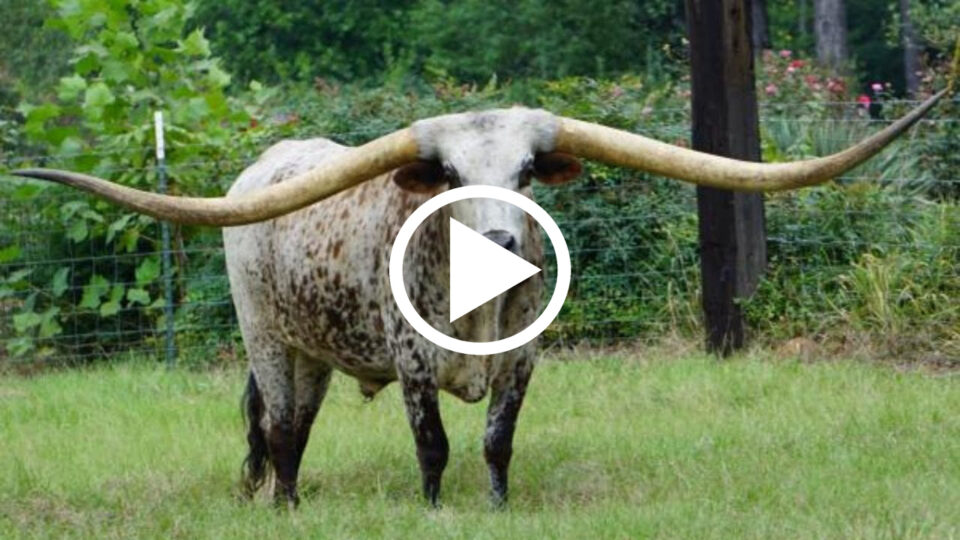There are many animals with horns that roam our planet, some bigger than others. They come in all shapes and sizes and provide protection for the animal.
Today we countdown 15 animals with the biggest horns in the world. So, hang on to your saddle, unless you want to take a horn where the sun doesn’t shine.
JACKSON’S CHAMELEON The Jackson’s Chameleon is named in honor of the famous English naturalist Sir Frederick John Jackson.
He was one of the first naturalists who carried out extensive expeditions in Kenya. On his trips, he collected several specimens of native birds and reptile’s species.
Jackson’s three horned chameleons originated in the land of the Kikuyu ethnic group in Kenya. Thus, it is also known as the Kikuyu three-horned chameleon.
The Jackson’s Chameleons are easily recognizable as they have three horns on their snout. The rostral horn is the one on the nose while the two horns above each eye are called preocular horns.
Female Jackson’s chameleons are smaller compared to males of the same age. An adult male can grow up to 38 cm (15 inches) in length while the adult female averages around 25 cm (10 inches) in length.
The maximum age varies according to the conditions of its habitat. On average, a Jackson’s chameleon will live for up to 10 years.
Healthy adults living in captivity can weigh up to 1 to 1.5 Kg, but the average weight of wild Jackson’s chameleons is lower due to lower availability of food sources in the wild.
RED STAG The growth and formation of Red deer antlers is a complex process that appears to be a case of modified endochondral ossification.
They may reach 3 ft. in length and weigh 6.6 lbs. each, although 2 ft. 4 in and 2.2 lbs.
is more common. During their development, the antlers are soft and vulnerable to damage and covered in a grey to purple colored membrane referred to as velvet.
The velvet carries nerves and blood vessels to the developing antlers and, should the velvet become damaged, the antlers can become deformed.
The antlers have male sex hormone receptors and it appears that an increase in testosterone levels in the stag probably related to increasing day length causes a cessation of the velvet’s blood supply, and it dies and dries out at this stage, dry velvet can be seen hanging from the stag’s antlers and he is said to be “in tatters”.
Dry velvet is usually removed by rubbing the antlers against trees and bushes – this generally happens during July and is a process known as “cleaning”.
During this rubbing, the antlers become stained with tannins and sap from the trees and saplings, causing the antlers to change from white to a polished brown color.


